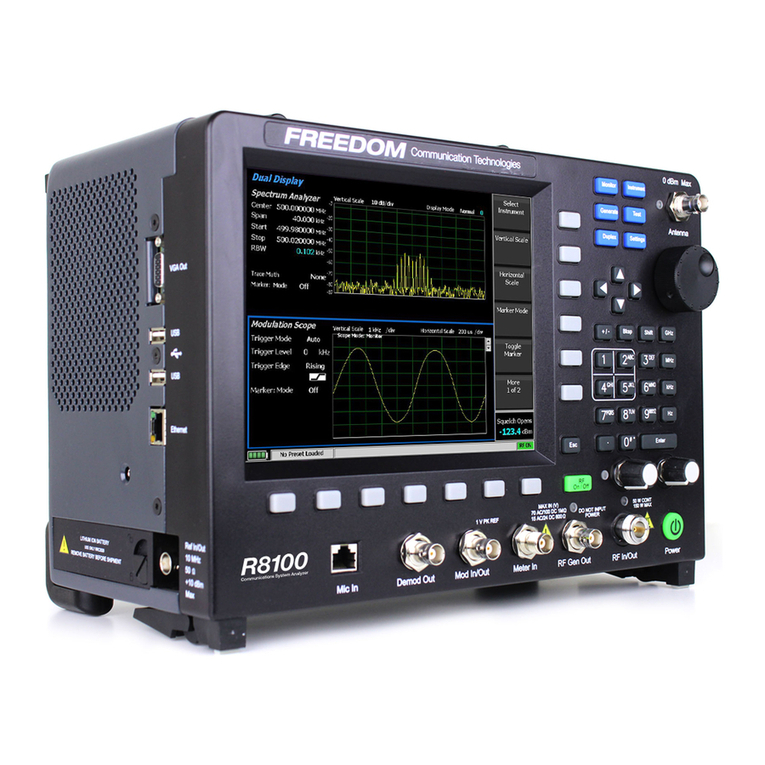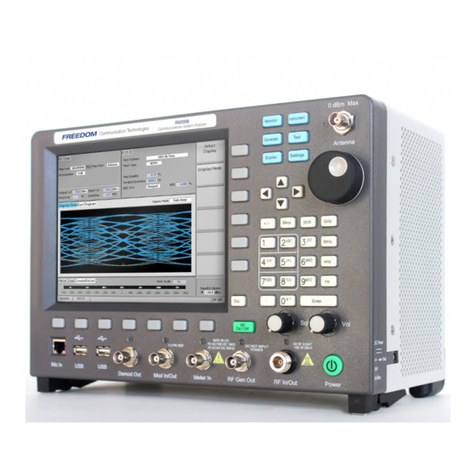
2.1.1 Basic navigation and operator control ........................................................... 30
2.1.2 Hot keys for fast navigation in Monitor, Audio, Display and Meter zones..... 33
2.2 Operating Instructions.......................................................................................................................34
2.2.1 RF Zone / Monitor Mode ............................................................................ 34
2.2.2 RF Zone / Generate Mode ........................................................................... 39
2.2.3 RF Zone / Duplex Mode.............................................................................. 41
2.2.4 Display Zone ................................................................................................ 60
2.2.5 Meter Zone................................................................................................... 73
2.2.6 Instrument Menu .......................................................................................... 81
2.2.7 Test Menu..................................................................................................... 92
2.2.8 Settings Menu ............................................................................................. 211
2.2.9 Screen Capture............................................................................................ 225
3REMOTE OPERATION........................................................................................................................... 226
3.1 BIOS Power-loss Setup .................................................................................................................. 226
3.2 DHCP Server Setup ........................................................................................................................ 227
3.3 Network Port Setup ........................................................................................................................ 228
3.4 Computer Setup............................................................................................................................... 229
3.4.1 Setup........................................................................................................... 229
3.4.2 Control ....................................................................................................... 230
3.5 Disable Remote Access .................................................................................................................. 230
3.6 Verification / Troubleshooting Information .............................................................................. 230
4TEST APPLICATIONS.............................................................................................................................. 232
4.1 FM Transmitter Testing ................................................................................................................. 232
4.1.1 Basic FM Transmitter Testing –initial setup ............................................... 232
4.1.2 Transmit Power, Frequency, and Frequency Deviation Measurements........ 233
4.1.3 Modulation Measurements .......................................................................... 233
4.1.4 Off-The-Air Measurements......................................................................... 234
4.2 FM Receiver Testing....................................................................................................................... 234
4.2.1 Basic FM Receiver Testing –initial setup .................................................... 234
4.2.2 Receiver Distortion Measurement ............................................................... 235
4.2.3 SINAD Measurement ................................................................................. 236
4.2.4 Modulation Acceptance Bandwidth............................................................. 236
































